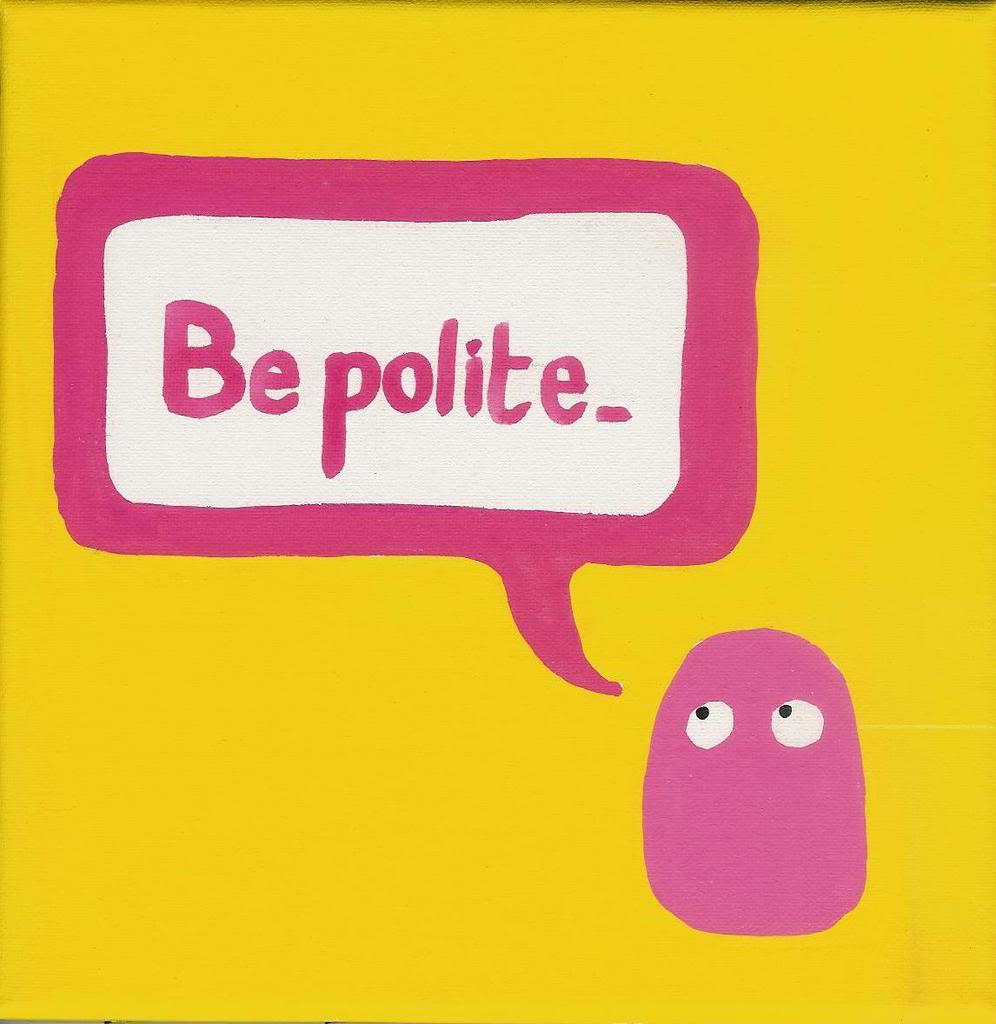
There are a few different strategies advertisers can use in order to reach their target audience, and according to a recent MediaPost article, some of those strategies are trick, pray, and interrupt.
The “trick” refers to native advertising, which is advertiser-created content that is similar to the content on the platform in which you are seeing the ad, in hopes the consumer cannot discern it from regular content. An example of this would be advertorials or some viral videos.
The “pray” strategy is in reference to display ads or billboards that are set up simply to distract you from your surroundings or other content.
Then there is the “interruption” strategy. Interruptive ads seem to be the most common type of advertising. This includes TV commercials, full-page print ads, and pop-up ads—anything that interrupts your experience. Though this is the best strategy to capture the attention of the consumer, it must evolve with the ages, just as media consumption has changed.
In this digital era, one goal of advertising is to get the consumer’s attention while respecting their time—politely interruptive ads are doing just that. These types of ads have three main qualities: interruptive in nature, persist for an amount of time controlled by the consumer, and behaviorally native. Giving the consumer control of the length time they see your ad is exactly how they tend to engage with media…on their own terms. Since these “politely interruptive” ads are behaviorally native, the ads will appear just as normal content would. For example, you tap and hold to watch a snapchat message and a snapchat ad.
With this consumer control and the fact that mobile users are more receptive to ads that take into account how they are engaging with content, we think most advertising will shift to this strategy. Have you noticed any advertising switching to this style? We’d love to hear from you.
